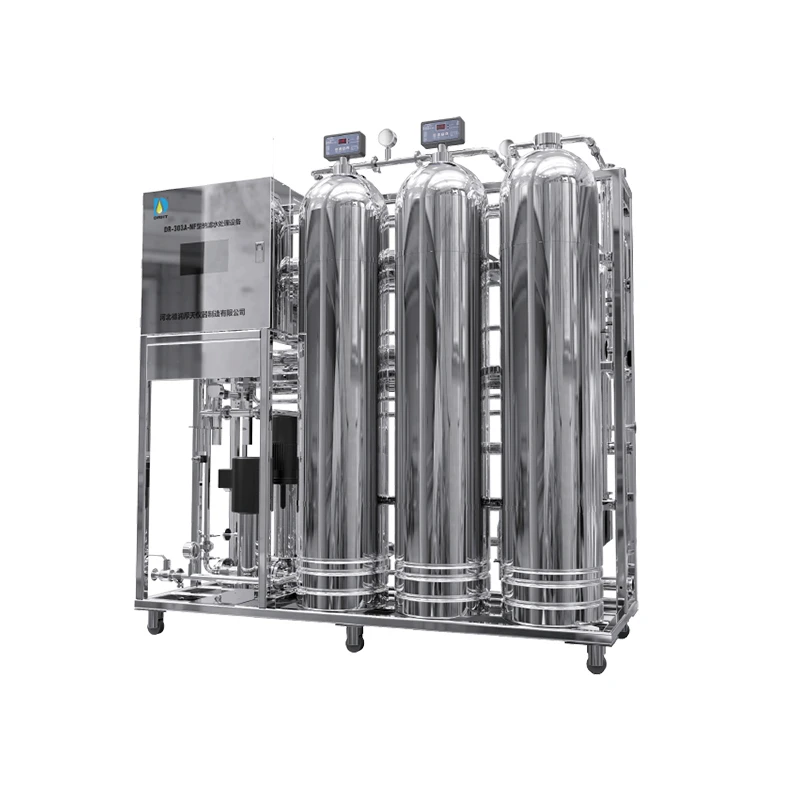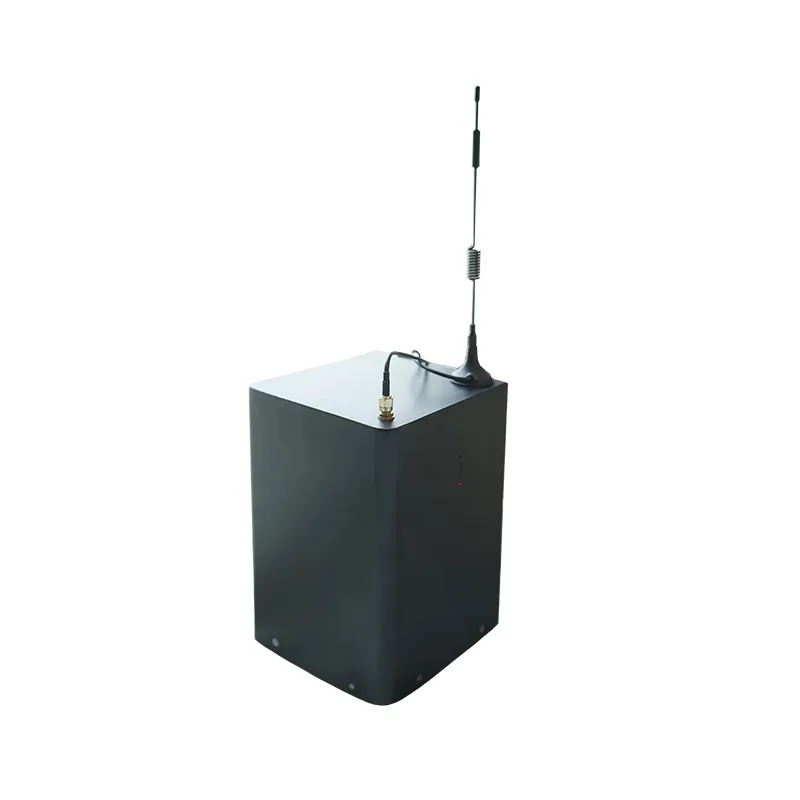Eco-Friendly Battery Energy Storage for Homes Save Power Costs
- The Critical Role of Modern Energy Storage
- Technical Advancements Driving Efficiency
- Leading Manufacturers Performance Comparison
- Personalized Residential Energy Solutions
- Real-World Residential Implementation Case Study
- Economic Considerations and Incentives
- Implementing Your Home Energy Storage Solution

(battery energy storage system)
The Critical Role of Modern Battery Energy Storage Systems
Global renewable energy capacity expansion necessitates advanced storage solutions, with battery systems emerging as critical infrastructure. Residential battery energy storage installations grew 83% year-over-year in 2022 (Wood Mackenzie), with the global market projected to reach $27.8 billion by 2026. This surge stems from three converging factors:
Grid instability events increased 60% in North America since 2015 (DOE), driving homeowners toward backup solutions. Simultaneously, solar panel adoption created demand for storage to maximize self-consumption. Finally, lithium-ion production costs dropped 89% over the past decade (BloombergNEF), enabling viable residential deployment. Modern systems now manage complex load balancing that traditional generators cannot achieve, responding to outages in under 20 milliseconds while providing daily energy management.
Technical Advancements Driving Efficiency
Lithium iron phosphate (LFP) chemistry now dominates residential installations, representing 76% of new deployments due to superior thermal stability and longevity. These systems achieve 95-98% round-trip efficiency, dramatically outperforming lead-acid alternatives (70-85%). Smart management systems incorporate:
- AI-powered consumption forecasting that reduces grid dependence by 41%
- Dynamic frequency response capabilities that stabilize local grids
- Battery degradation algorithms extending usable lifespan by 3-5 years
Modular designs now allow homeowners to start with 5kWh configurations and expand incrementally. Thermal management breakthroughs maintain optimal operating temperatures between -4°F to 122°F without supplemental heating/cooling, ensuring reliability in extreme climates. These innovations collectively push system lifespans beyond 15 years while maintaining 80% capacity retention.
Leading Manufacturers Performance Comparison
| Manufacturer | Efficiency (%) | Cycle Life | Warranty | Scalability | Response Time |
|---|---|---|---|---|---|
| Tesla Powerwall 2 | 90 | 10,000 | 10 years | 13.5kWh units | 0.5 sec |
| LG Chem RESU | 95 | 12,000 | 10 years | 16kWh max | 0.3 sec |
| Sonnen Eco | 93 | 15,000 | 15 years | 30kWh max | 0.1 sec |
| Enphase IQ | 96 | 12,500 | 15 years | 40kWh max | 0.1 sec |
Field data reveals significant performance differences in real-world conditions. Tesla systems maintain 92% efficiency after 5 years, while LG Chem units demonstrate superior cycle life retention in hot climates. Sonnen's hybrid lead-cobalt chemistry offers exceptional cycling at the expense of energy density. Enphase's modular microinverter architecture delivers fault tolerance but requires more complex installation.
Personalized Residential Energy Solutions
Effective residential battery energy storage system
design requires meticulous assessment of consumption patterns. Most households require 10-20kWh storage capacities, but variations exist:
- Light users (1-2 occupants): 5-10kWh covers nightly use
- Family homes: 15-20kWh powers critical loads through multi-day outages
- High-consumption residences: 25kWh+ systems integrate with backup generators
Advanced load controllers now segment circuits intelligently, prioritizing refrigeration, medical equipment, and communication systems during outages. Modern inverters dynamically switch between grid support, backup operation, and economic optimization modes. Climate-specific configurations incorporate temperature-compensated charging profiles that prevent accelerated degradation in desert regions while maintaining performance in sub-zero conditions through proprietary battery heating technology.
Real-World Residential Implementation Case Study
A 2,400 sq ft California residence with 8.6kW solar installation integrated a 20kWh battery energy storage system in Q1 2022. Pre-installation electricity costs averaged $328 monthly with frequent grid disruptions affecting home operations. Post-installation metrics demonstrated:
- Energy self-sufficiency increased from 30% to 92% during peak seasons
- Annual electricity costs reduced to $48 despite rate hikes
- Zero outage disruptions during 13 grid failure events
The system seamlessly maintained critical loads including HVAC, refrigeration, and network infrastructure during a 34-hour outage. Smart scheduling shifted EV charging to solar production hours, eliminating $38 monthly demand charges. Unexpectedly, the residence qualified for dynamic grid support payments averaging $122 monthly by supplying frequency regulation services during peak events.
Economic Considerations and Incentives
Residential battery energy storage system installations represent significant investments with complex but favorable economics. Current pricing ranges from $900-$1,500 per kWh installed, influenced by:
- Electrical infrastructure complexity
- Regional labor costs
- Equipment quality tier
The U.S. Investment Tax Credit now covers 30% of battery installation costs when paired with solar. California's SGIP program offers up to $200/kWh rebate for low-income communities. Financed systems typically achieve positive cash flow in 4-7 years by combining:
- Utility bill reductions (60-90%)
- Time-of-use arbitrage savings
- Grid service revenues
- Net metering optimizations
Property value assessments confirm 3-5% appraisal increases for homes with integrated systems, accelerating investment recovery. Lifespan cost analysis reveals 22-30% savings compared to generator alternatives over 15 years.
Implementing Your Home Battery Energy Storage System
Transitioning to a residential battery energy storage system requires methodical planning. Begin with professional energy auditing to establish consumption baselines and outage requirements. Reputable installers analyze historical utility data to model solar integration and storage scenarios. Prioritize NABCEP-certified professionals whose proposals include:
- Detailed shade and production analysis
- Equipment-specific performance modeling
- Cycling schedule optimizations
- Comprehensive maintenance protocols
Commissioning requires thorough system validation, including automated failover testing and mobile app integration. Homeowners should establish quarterly performance reviews, examining discharge patterns and software updates. Monitoring platforms track crucial metrics like round-trip efficiency and capacity fade to ensure longevity. Following this structured approach guarantees optimized performance of your home battery energy storage system investment.

(battery energy storage system)
FAQS on battery energy storage system
Q: What is a battery energy storage system?
A: A battery energy storage system stores electrical energy via rechargeable batteries for later use. It helps balance grid demand, integrate renewable sources, and provide backup power. These systems range from small residential units to large industrial installations.
Q: Why install a residential battery energy storage system?
A: It allows homeowners to store excess solar energy, reducing grid reliance and electricity bills. The system provides backup power during outages for essential appliances. Additionally, it supports sustainable energy usage by maximizing self-consumption of renewable power.
Q: How does a home battery energy storage system work?
A: The system charges using electricity from solar panels or the grid during low-tariff periods. When energy demand exceeds supply (e.g., at night or during outages), stored power is discharged. Smart controllers optimize charging/discharging cycles based on usage patterns.
Q: What maintenance do battery energy storage systems require?
A: Modern systems need minimal maintenance, typically limited to periodic software updates and temperature monitoring. Physical inspections ensure vents are unobstructed and connections remain secure. Most manufacturers offer 10-year warranties with remote performance tracking.
Q: Can a battery energy storage system power an entire house?
A: Yes, if sized appropriately based on the home’s energy consumption and backup needs. High-capacity systems (e.g., 10-20kWh) can support essential circuits for hours or whole homes during shorter outages. Combining multiple units can extend backup duration for larger properties.
